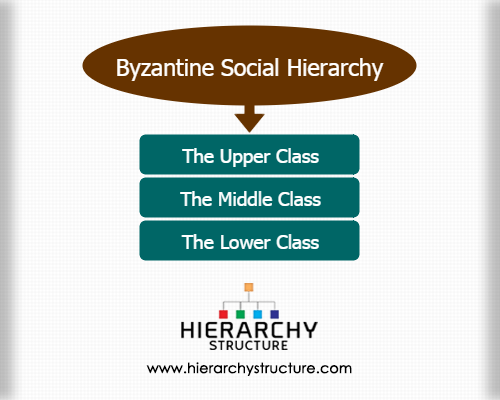Byzantine Empire, which is also referred to as the eastern Roman Empire was basically the continuation of the Roman Empire in the east during the middle ages and the late antiquity. Like any other kingdom or empire, even this empire followed a certain social hierarchical structure where the society was divided into different groups or sects based on the income, education and other such factors of people.
The society was broadly divided into three main classes which were the upper class, the middle class and the lower class with the emperor at the top. To understand the byzantine social hierarchy better, you can go through the following given information.
The upper class
The class or level of people which were placed at the highest position after the emperor was the upper class Byzantines. This class consisted of the powerful and wealthy men and families which owned property and were given a better status in the society than the others. These individuals either inherited wealth of their ancestors or worked hard to reach this position from the middle class position. They had more rights and more power in the empire and were often related to the emperor in some way or the other.
The middle class
The second level class in the Byzantine Empire was the middle class. This was that class which consisted of individuals and families with lesser wealth and power than the upper class but more than the lower class. This class consisted of merchants, government employees, artisans, skilled artists and others. The middle class enjoyed benefits and powers more than the lower class did but were still limited to some extent. A lot of people who were in the middle class gained education and moved to the upper class but that required a lot of hardwork and many years of work.
The lower class
The class at the bottom of the pile in the byzantine social hierarchy was the lower class. This class consisted of labourers and slaves who had little right in the empire and were often mistreated by the others. They didn’t own any land and mostly lived in small spaces which were given to them by their masters or employers. In most cases, those who were within this class weren’t able to rise up and move to the higher classes due to lack of education, skills and resources. The slaves in this class were not treated as people but as unpaid servants.
Know about Roman Empire Social Hierarchy.

